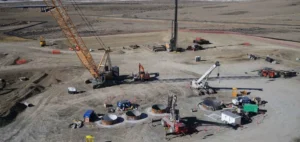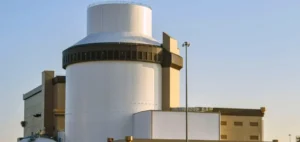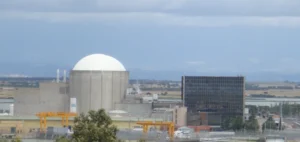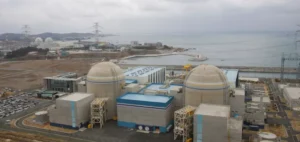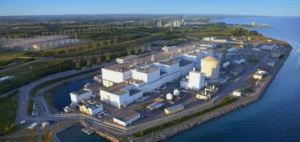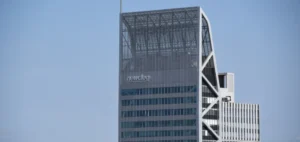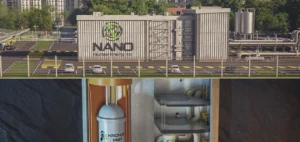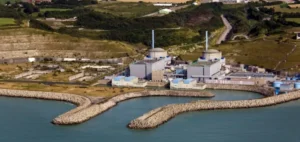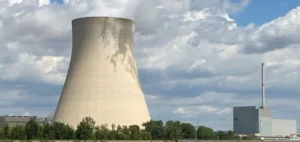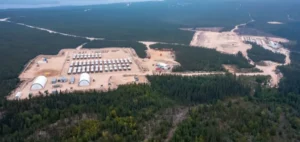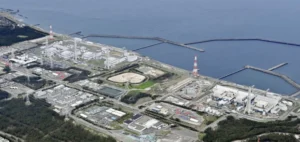The International Atomic Energy Agency(IAEA) warned Saturday of the risk of a “serious nuclear accident” at the Zaporizhia power plant, occupied by Russian forces in Ukraine, in the midst of an evacuation of a nearby town where most of the employees live, and of the “potentially dangerous” situation around the site.
“The situation in the area near the Zaporijjia nuclear power plant is becoming increasingly unpredictable and potentially dangerous,” warned the head of the Agency, Rafael Grossi, quoted in an IAEA statement. This power plant, the largest in Europe, has been targeted several times by fire since the beginning of the conflict, raising fears of a catastrophe. Agency experts, who are on site, continue to hear the sound of shelling in the area, the last of which was on Friday night, the statement said.
They are closely monitoring the situation to “detect any potential impact on nuclear safety and security,” Grossi said. “This major nuclear facility must be protected. I will continue to press for all parties to commit to this vital goal, and the IAEA will continue to do everything in its power to help ensure the nuclear safety and security of the plant,” he said.
Huge waiting lines
On Friday, the Moscow-installed regional head, Yevgeny Balitsky, had announced a partial evacuation of 18 Russian-occupied localities in the Zaporizhia region, including Energodar. But there are concerns about this one. Ivan Fedorov, mayor of Melitopol, denounced on Saturday on Telegram a too fast “evacuation”.
Huge queues formed at the Chongar checkpoint on the road from Melitopol to Crimea, he said. The same is true in Tokmak, where there are long queues to buy bread, while most gas stations are out of gas. These evacuations, “temporary” according to Mr. Balitski, concern primarily children with their parents, the elderly and disabled, and hospital patients facing the increase, according to him, of Ukrainian bombings in recent days.
The Russian authorities plan to evacuate about 70,000 people from localities in the Zaporizhia region under their occupation, according to another official of the occupation administration, Andrei Kozenko, quoted by the TASS agency. But an evacuation of employees of the nuclear power plant, whose six reactors are shut down, is not planned for the moment, announced Saturday Yuri Chernichuk, director of the site appointed by the Russian authorities.
The number of staff at Zaporizhia has gradually decreased since the beginning of the conflict, the IAEA statement said, and the site is managed by a sufficient number of employees to ensure the safety of the site, according to the Russian authorities. The Zaporizhia nuclear power plant, controlled by the Russian army since March 2022, is located on the banks of the Dnieper River, which in this area separates the two sides.
In mid-April, Rafael Grossi had already warned that the “safety” of the plant was “on hold”. And although the reactors are not operational, a backup power line on which they depend is still in operation, which constitutes “a major risk” according to the same source. This line was damaged on March 1 and was still not repaired by mid-April, the IAEA lamented.







